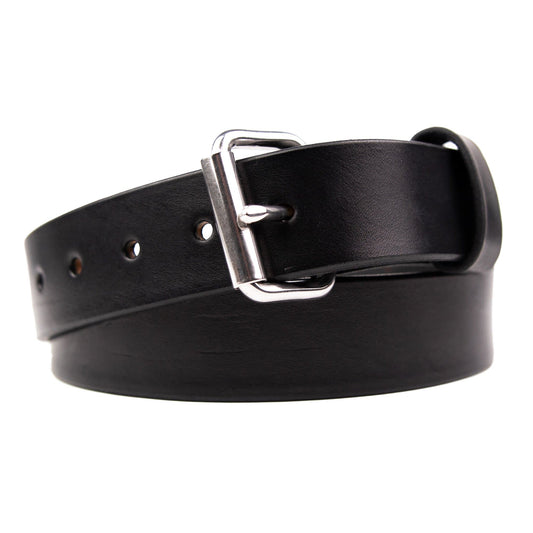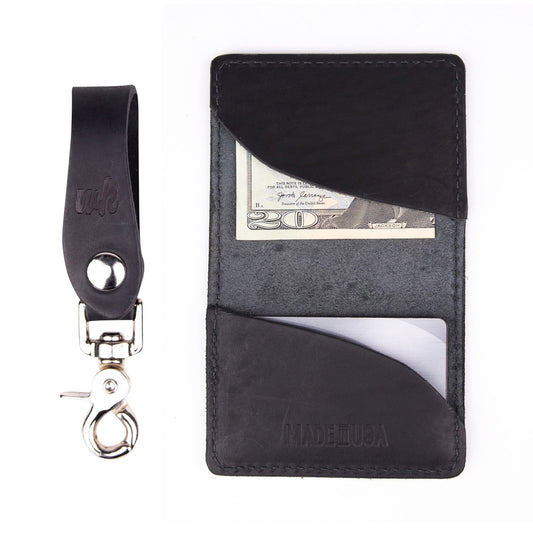Americans have been innovators that have changed the world since the country’s inception. One area where we continue to stay at the forefront is the automobile industry. While Americans cannot claim to have invented the first automobile, we CAN claim to have caught up to the others in the field that was ahead of us and effectively surpassed the majority of them.

Thanks to the automobile industry and American innovations in the area, the world we live in today is not the same world we could have expected to live in just over a century ago. The industry surrounding the car world caused a ripple effect, creating markets and jobs for people with such a broad reach we will probably never fully grasp the entirety of its mark on our society. From the assembly line to innovations on cars themselves to creating jobs through the need for roads and car parts, the automobile industry arguably has more impact on our lives than any other industry the world over.

While we continue to stay at the forefront of the automobile world, between the years 1901 through 1930, history was made at virtually every turn where American cars were concerned. While those changes were almost innumerable, we will look at the top five innovations of American Auto History during that time.

The Windshield Wiper
While most of us cannot imagine a car without wipers, that was the reality at the turn of the twentieth century. The question then became what was a driver to do when conditions were terrible, preventing proper vision?

Though there were prototypes of the windshield wiper that can be traced back to Poland and England, the mother of what we know to be the windshield wiper is an American inventor named Mary Anderson.

In 1903, Anderson introduced a “window cleaning device” similar to what we still use on cars today. This more crude device was basically an arm with a squeegee attached, and it was operated via a hand crack located inside of the vehicle. By 1917, the initial model was perfected enough to the point that the wiper was mass-produced, and it then became standard on the majority of cars.

Though the wiper has taken on a few different incarnations and undergone improvements over the years, we all have Ms. Mary Anderson to thank for being able to drive down the road a bit more safely today.

The Telescope Shock Absorber
1901 brought about one of the most critical advancements in American Automotive History: the telescope shock absorber. As Americans were looking for smoother rides on roads that were improving slowly at best, the result was a shock absorber that revolutionized the industry.

C. L. Horock developed a shock absorber that consisted of a metal sleeve that housed a piston and cylinder, and the piston came complete with a one-way valve. The shock can move freely in one direction, but the air and oil restrict it in the other direction.
Well over a century later, this same basic design is still used in the automotive, biking, and motorcycle industries.

Standard Drum Breaks
In 1902, Louis Renault created another of the most significant advancements in American automotive history: the standard drum brake. The basic model used a cam to force apart two hinged shoes, pushing from the inside rather than gripping from the outside.

While drum breaks have undergone many technological improvements over the years, and disk breaks are a scorching commodity presently, regardless, the basic design of the drum brake is still standard on cars the world over.

Even those that come equipped with disk breaks on the front usually still come with drum breaks on the rear. Not too shabby for an invention that is well past the century mark.
The Electric Starter
Imagine having to hand-crank your car rather than simply turn a key, flip a switch, or push a button to get it started. Prior to the invention of the electric starter in 1911, that was a reality for all car owners.

Charles Ketterling was the man credited with bringing this invention to American auto history, though it was under the scowing eye of critics who believed that there was no feasible way that a car could be started with a device small enough to fit under the hood yet still get your motor running (head out on the highway!...You know you were thinking it!).

The 1912 Cadillac was the first model to sport these new starters, but they were obviously not the last.
The Assembly Line
Prior to Henry Ford’s 1913 invention and implementation of the assembly line, mass production efficiency was a pipe dream.
The moving assembly line brought the product to the factory workers rather than workers scrambling around a plant for tools to craft the necessary pieces for a car. In addition, workers needed to focus on one piece of the product instead of working on multiple parts as it moved past.

The new efficiency of the plants caused more output of the product and cut prices of cars drastically, making them more accessible to the average citizen. Due to the increased production and higher number of sales due to the decrease in cost, Ford passed those savings on to his workers, offering them an astounding $5.00 per day, which today equals a respectable $750 per week.

As with all early inventions, tweaks have been made to the assembly line, but its vast implications in Automotive History and across the board are astounding.
American Automotive History - 1901 through 1930: Revolutionizing the World

Though no one could have predicted the reach that the innovations of the American automotive history in the early 20th century could have had, it continues to affect the world we live in today.
While many might believe that something created so long ago would not still be worthy technology, they would be wrong. While some of the ideas presented and implemented during this time have fallen by the wayside, the five innovations submitted here are still alive and kicking in some form today. Still, regardless, they all played a part in revolutionizing the world.





